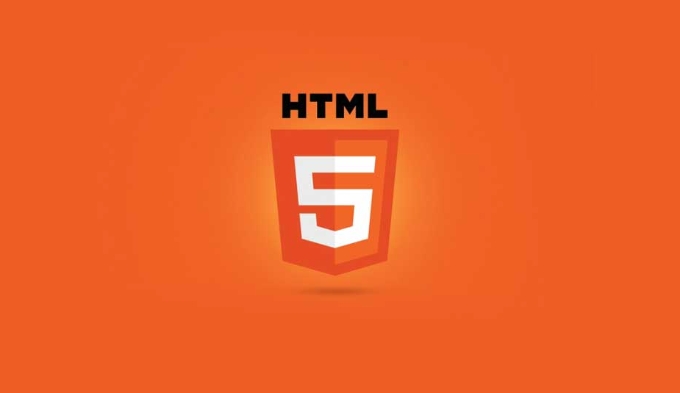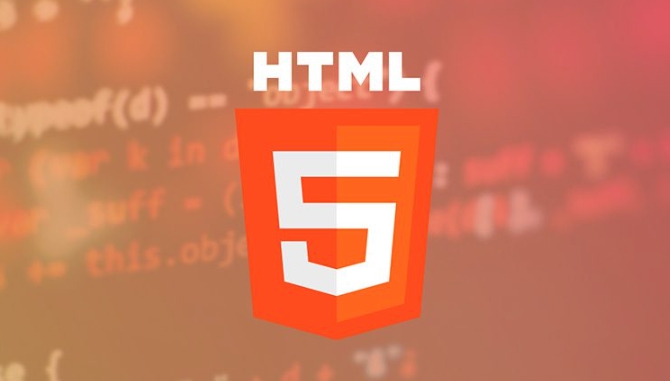Integrating mapping services using HTML5 geolocation data
To integrate HTML5 geographic location and map service, first, you must obtain the user location through navigation.geolocation, use getCurrentPosition() method to obtain coordinates, and handle permissions and errors; second, pass the obtained latitude and longitude to map APIs such as Google Maps or Leaflet for map initialization; finally pay attention to the loading timing of page elements, positioning accuracy settings, mobile experience optimization, and HTTPS cross-domain issues. The specific steps are: 1. Obtain the user location and deal with possible errors; 2. Use the map API to load the map and set the center point; 3. Optimize the loading process to ensure compatibility and user experience.

It is not difficult to integrate map services with HTML5's geolocation function, but the key is to know how to pass the obtained location information to the map API, such as Google Maps or OpenStreetMap. The core idea is to first get the user's current location, and then use this coordinate to load the map, mark or do other operations.

Obtaining user location: The first step is to be stable
HTML5 provides the navigator.geolocation interface to obtain the geographical location of the device. Generally speaking, you can use getCurrentPosition() method to get one-time location data:

navigator.geolocation.getCurrentPosition(position => {
const lat = position.coords.latitude;
const lon = position.coords.longitude;
});It should be noted that the browser may pop up permission prompts, and the user must allow it. In addition, sometimes the location acquisition will fail, such as user rejection, location timeout, or the device does not support GPS, so it is best to add an error handling function:
- User rejection: Prompt authorization is required to continue
- Timeout: You can set a timeout time and consider the default value or retry mechanism.
- Not supported: downgrade scheme, such as letting users enter addresses manually
Passing coordinates to the map API: Choosing the right method is important
After getting the latitude and longitude, the next step is to call the map service. A common practice is to use the Google Maps JavaScript API or Leaflet (based on OpenStreetMap). Taking Google Maps as an example, you can initialize the map in the callback:

function initMap(lat, lon) {
const location = { lat, lng: lon };
const map = new google.maps.Map(document.getElementById('map'), {
center: location,
zoom: 15
});
}Pay attention to a few details:
- Bring your API key when loading the Google Maps API
- If you want to call the map after the page is loaded, you can combine it with DOM ready detection
- If you want to automatically add markers, routes and other functions, you can add marker or polyline after initialization
Leaflet is lighter and suitable for projects that don’t want to rely on Google. The usage is similar, except that the API is slightly different.
Several FAQs and Suggestions in Practical Applications
- Make sure that the elements exist before loading the map : If you load content asynchronously, such as SPA or AJAX request, you must wait until the map container is rendered after the map container is
<div id="map"></div>is rendered before calling map initialization. - The higher the positioning accuracy, the better : Although the
enableHighAccuracyparameter can improve the accuracy, it may extend the acquisition time, especially in indoor environments, which is generally only possible by default. - Mobile experience optimization : Some mobile phones may get the location slower for the first time. You can first display a "positioning" prompt to avoid users thinking it is stuck.
- Cross-domain and HTTPS issues : If you deploy local testing, there is no problem, and an error occurs after going online, it may be caused by HTTPS or cross-domain restrictions. Especially when using third-party map APIs, please pay attention to the agreement consistency.
Basically that's it. The entire process is not complicated, but details are easy to ignore, such as permission control, API initialization timing, compatibility and other issues. As long as you do it step by step and debug it, you can basically do it.
The above is the detailed content of Integrating mapping services using HTML5 geolocation data. For more information, please follow other related articles on the PHP Chinese website!

Hot AI Tools

Undress AI Tool
Undress images for free

Undresser.AI Undress
AI-powered app for creating realistic nude photos

AI Clothes Remover
Online AI tool for removing clothes from photos.

ArtGPT
AI image generator for creative art from text prompts.

Stock Market GPT
AI powered investment research for smarter decisions

Hot Article

Hot Tools

Notepad++7.3.1
Easy-to-use and free code editor

SublimeText3 Chinese version
Chinese version, very easy to use

Zend Studio 13.0.1
Powerful PHP integrated development environment

Dreamweaver CS6
Visual web development tools

SublimeText3 Mac version
God-level code editing software (SublimeText3)
 What is the aside element for in HTML5?
Aug 12, 2025 pm 04:37 PM
What is the aside element for in HTML5?
Aug 12, 2025 pm 04:37 PM
Theelementshouldbeusedforcontenttangentiallyrelatedtothemaincontent,suchassidebars,pullquotes,definitions,advertisements,orrelatedlinks;2.Itcanbeplacedinsideoroutsideanarticledependingoncontext;3.ItisasemanticelementthatenhancesaccessibilityandSEObyp
 How to play multiple audio files sequentially in HTML5?
Aug 25, 2025 pm 03:08 PM
How to play multiple audio files sequentially in HTML5?
Aug 25, 2025 pm 03:08 PM
You can play multiple audio files in sequence by listening to the ended event of HTML5 audio elements. First, the clear answer is to use the ended event to trigger the next audio playback; the specific steps are: 1. Define the audio file array and obtain the audio element; 2. Set the current playback index, load and play the first audio; 3. Bind the ended event for the audio element, increment the index when the event is triggered and the next audio is loaded; 4. You can choose to realize loop playback or stop after the playback is finished; 5. You can preload the next audio to improve the experience; 6. Add error processing to skip failed audio; 7. Pay attention to the browser's autoplay restrictions, and the first playback needs to be triggered by user interaction to ensure that subsequent playback is not blocked, and the whole process passes
 How to center a div in HTML5?
Aug 21, 2025 pm 05:32 PM
How to center a div in HTML5?
Aug 21, 2025 pm 05:32 PM
Tocenteradivhorizontally,usemargin:0autowithadefinedwidth.2.Forhorizontalandverticalcentering,applydisplay:flexontheparentwithjustify-content:centerandalign-items:center.3.Alternatively,useCSSGridwithplace-items:centerforbothdirections.4.Asafallback,
 How to create a simple HTML5 webpage
Aug 12, 2025 am 11:51 AM
How to create a simple HTML5 webpage
Aug 12, 2025 am 11:51 AM
To create a simple HTML5 web page, you need to first use the declaration document type, and then build a basic structure containing, and, which sets the character encoding, viewport and title, add visible content such as title, paragraph, link, pictures and lists. Save it as a .html file and open it directly in the browser for viewing, without server support. This is the basis of a complete and effective HTML5 page.
 How do you use the autofocus attribute in HTML5?
Aug 14, 2025 pm 06:47 PM
How do you use the autofocus attribute in HTML5?
Aug 14, 2025 pm 06:47 PM
Theautofocusattributeautomaticallyfocusesaformelementwhenapageloads.2.Itisabooleanattribute,sonovalueisneeded—justincludeautofocusinthetag.3.Onlyoneelementperpageshoulduseittoavoidunpredictablebehavior.4.Itworksoninput,textarea,select,andbuttonelemen
 How to use the nav tag for navigation links in HTML5
Aug 15, 2025 am 05:55 AM
How to use the nav tag for navigation links in HTML5
Aug 15, 2025 am 05:55 AM
ThetaginHTML5isusedtodefineasectionofmajornavigationlinks,providingsemanticstructureandimprovingaccessibilityandSEO;itshouldwrapprimarynavigationelementslikemenusortablesofcontents,noteverylinkonapage,andcanbeenhancedwithARIAlabelssuchasaria-label=&q
 What is the difference between an tag and a in HTML5?
Aug 22, 2025 pm 01:36 PM
What is the difference between an tag and a in HTML5?
Aug 22, 2025 pm 01:36 PM
AnelementisthecompletestructureinHTML,whileatagispartofthesyntaxusedtodefineit;1.Atagisthewrittenlabelwithinanglebrackets,suchasor,markingthestartorendofanelement,includingself-closingtagslike;2.Anelementconsistsofanopeningtag,content,andaclosingtag(
 What is a definition list in HTML5?
Aug 20, 2025 pm 02:01 PM
What is a definition list in HTML5?
Aug 20, 2025 pm 02:01 PM
AdefinitionlistinHTML5iscreatedusingtheelementtogroupterms()withtheirdefinitions(),allowingmultipletermstoshareadefinitionoratermtohavemultipledefinitions,makingitidealforFAQs,glossaries,metadata,andcontactdetailswhileimprovingaccessibilityandSEOthro







